Astronomers Have Taken The First Ever Image Of A Black Hole, Which Is Located In A Distant Galaxy.

Astronomers have taken the first ever image of a black hole, which is located in a distant galaxy.
It measures 40 billion km across - three million times the size of the Earth - and has been described by scientists as “a monster”.
The black hole is 500 million trillion km away and was photographed by a network of eight telescopes across the world.
Details have been published today in Astrophysical Journal Letters.
Prof Heino Falcke, of Radboud University in the Netherlands, who proposed the experiment, told BBC News that the black hole was found in a galaxy called M87.
“What we see is larger than the size of our entire Solar System,” he said.
“It has a mass 6.5 billion times that of the Sun. And it is one of the heaviest black holes that we think exist. It is an absolute monster, the heavyweight champion of black holes in the Universe.”
The image shows a intensely bright “ring of fire”, as Prof Falcke describes it, surrounding a perfectly circular dark hole. The bright halo is caused by superheated gas falling into the hole. The light is brighter than all the billions of other stars in the galaxy combined - which is why it can be seen at such distance from Earth.
The edge of the dark circle at the centre is the point at which the gas enters the black hole, which is an object that has such a large gravitational pull, not even light can escape.
More Posts from Delightfulskywalker and Others

Aldebaran conjunction
by Robert Ćwikliński
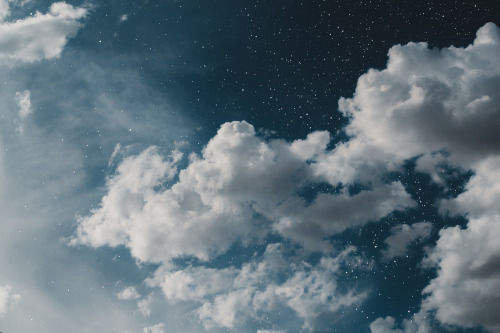
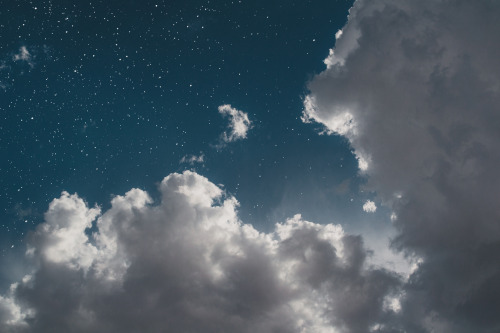
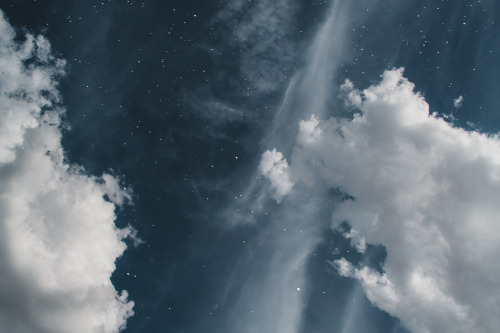

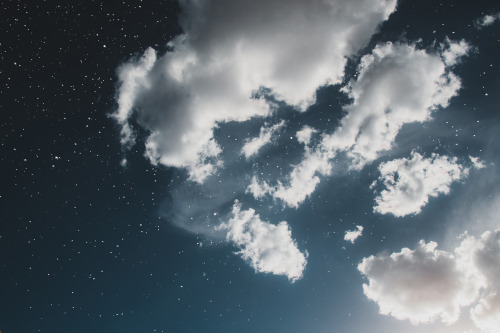
un espejismo, una rebelión
by matialonsor

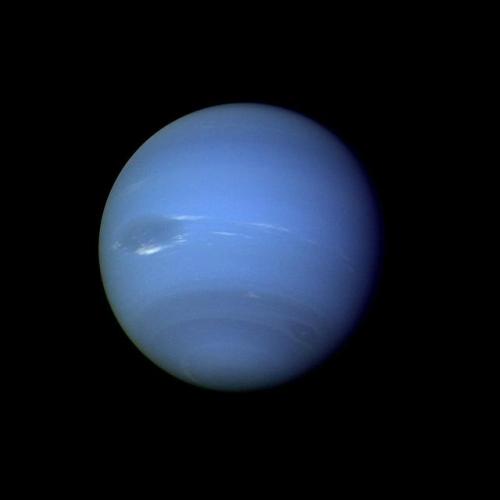
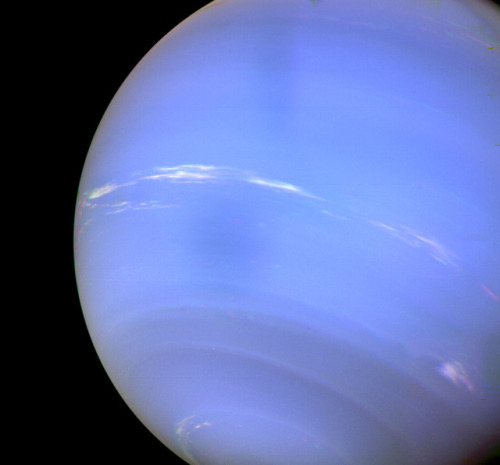
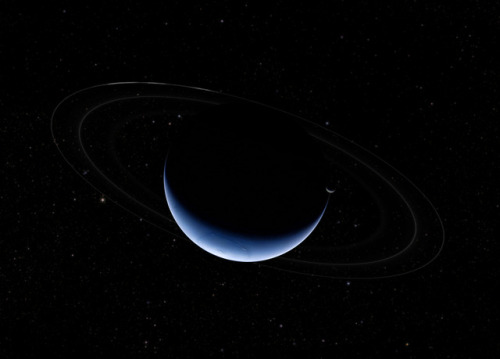
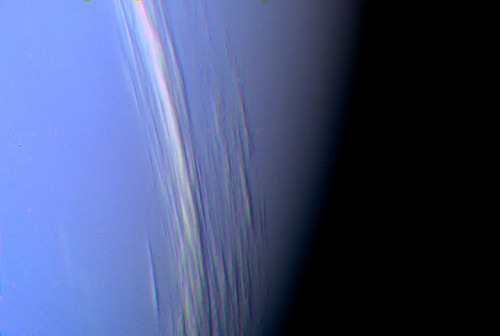
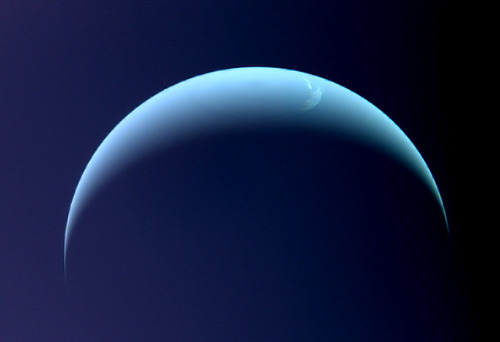
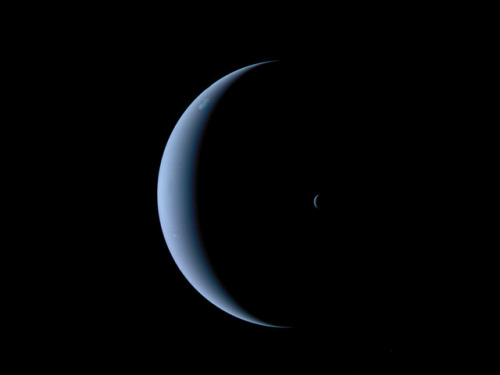
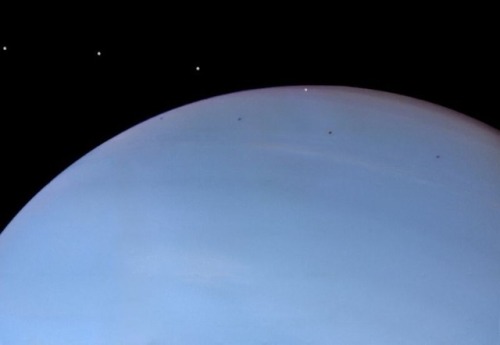
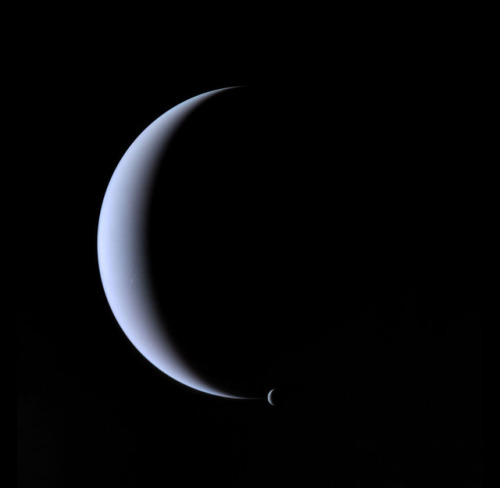
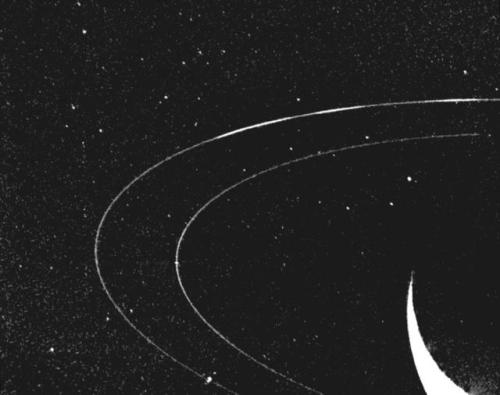
Neptune ♆
On this day in 1846 was discovered the planet Neptune.
The ice giant Neptune was the first planet located through mathematical predictions rather than through regular observations of the sky. (Galileo had recorded it as a fixed star during observations with his small telescope in 1612 and 1613.) When Uranus didn’t travel exactly as astronomers expected it to, a French mathematician, Urbain Joseph Le Verrier, proposed the position and mass of another as yet unknown planet that could cause the observed changes to Uranus’ orbit. After being ignored by French astronomers, Le Verrier sent his predictions to Johann Gottfried Galle at the Berlin Observatory, who found Neptune on his first night of searching in 1846. Seventeen days later, its largest moon, Triton, was also discovered.
Neptune is invisible to the naked eye because of its extreme distance from Earth. Interestingly, the highly eccentric orbit of the dwarf planet Pluto brings Pluto inside Neptune’s orbit for a 20-year period out of every 248 Earth years. Pluto can never crash into Neptune, though, because for every three laps Neptune takes around the Sun, Pluto makes two. This repeating pattern prevents close approaches of the two bodies.
Nearly 4.5 billion kilometers (2.8 billion miles) from the Sun, Neptune orbits the Sun once every 165 years.
Uranus’ blue-green color is also the result of atmospheric methane, but Neptune is a more vivid, brighter blue, so there must be an unknown component that causes the more intense color.
Despite its great distance and low energy input from the Sun, Neptune’s winds can be three times stronger than Jupiter’s and nine times stronger than Earth’s.
Winds on Neptune travel faster than the speed of sound.
In 1989, Voyager 2 tracked a large, oval-shaped, dark storm in Neptune’s southern hemisphere. This “Great Dark Spot” was large enough to contain the entire Earth.
Neptune has five known rings. Voyager 2’s observations confirmed that these unusual rings are not uniform but have four thick regions (clumps of dust) called arcs. The rings are thought to be relatively young and short-lived.
Neptune has 14 known moons, six of which were discovered by Voyager 2.
Triton, Neptune’s largest moon, orbits the planet in the opposite direction compared with the rest of the moons, suggesting that it may have been captured by Neptune in the distant past.
To know more about the planet Neptune click here and here.
Images credit: NASA/JPL- Caltech (some images processed by Kevin M. Gill)
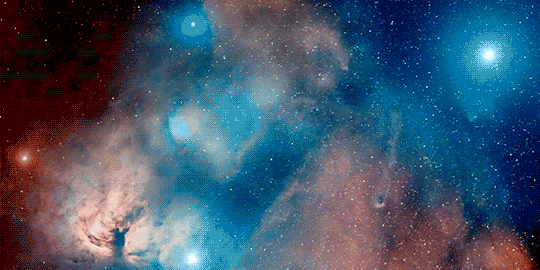


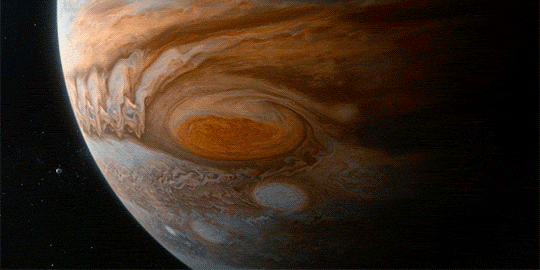

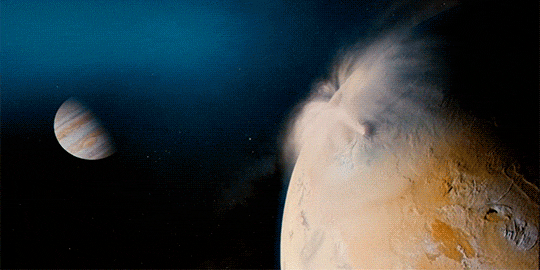
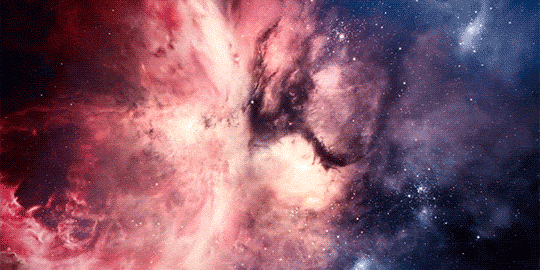


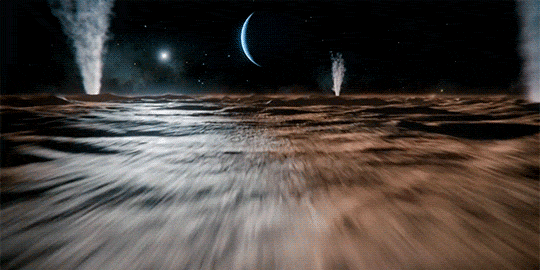
“To make this journey, we’ll need imagination, but imagination alone is not enough, because the reality of nature is far more wondrous than anything we can imagine.”
These are just a few of the beautiful visual effects from Cosmos: A Spacetime Odyssey
Star Wars is Life



when she says she doesn’t send nudes

me: *is left alone with my thoughts for more than two seconds*
me: the suffering begins

V.I.Ps 👑

-
 toosarcasticallyapathetic reblogged this · 5 years ago
toosarcasticallyapathetic reblogged this · 5 years ago -
 toosarcasticallyapathetic liked this · 5 years ago
toosarcasticallyapathetic liked this · 5 years ago -
 godlike-poet reblogged this · 5 years ago
godlike-poet reblogged this · 5 years ago -
 lunaisonfire-blog liked this · 5 years ago
lunaisonfire-blog liked this · 5 years ago -
 sailor-cat2 liked this · 5 years ago
sailor-cat2 liked this · 5 years ago -
 lovesmobius liked this · 5 years ago
lovesmobius liked this · 5 years ago -
 whats-up-in-space liked this · 5 years ago
whats-up-in-space liked this · 5 years ago -
 nootnootchannel liked this · 6 years ago
nootnootchannel liked this · 6 years ago -
 marchingbandtshirt liked this · 6 years ago
marchingbandtshirt liked this · 6 years ago -
 that1-otter liked this · 6 years ago
that1-otter liked this · 6 years ago -
 my-pleasant-good-morning liked this · 6 years ago
my-pleasant-good-morning liked this · 6 years ago -
 titanium17 liked this · 6 years ago
titanium17 liked this · 6 years ago -
 here-for-the-insanity liked this · 6 years ago
here-for-the-insanity liked this · 6 years ago -
 pippinstook liked this · 6 years ago
pippinstook liked this · 6 years ago -
 freshmilkloversblog liked this · 6 years ago
freshmilkloversblog liked this · 6 years ago -
 dopekittyavenue liked this · 6 years ago
dopekittyavenue liked this · 6 years ago -
 nastynat76 reblogged this · 6 years ago
nastynat76 reblogged this · 6 years ago -
 elegantpaws reblogged this · 6 years ago
elegantpaws reblogged this · 6 years ago -
 equal-rights-for-a11 liked this · 6 years ago
equal-rights-for-a11 liked this · 6 years ago -
 mythicalmagistra reblogged this · 6 years ago
mythicalmagistra reblogged this · 6 years ago -
 ca1iban liked this · 6 years ago
ca1iban liked this · 6 years ago -
 weedontalwaysknowwhatsbestforus liked this · 6 years ago
weedontalwaysknowwhatsbestforus liked this · 6 years ago -
 casseastuffheresorry-blog liked this · 6 years ago
casseastuffheresorry-blog liked this · 6 years ago -
 i-may-be-lost liked this · 6 years ago
i-may-be-lost liked this · 6 years ago -
 doctordonnadances reblogged this · 6 years ago
doctordonnadances reblogged this · 6 years ago -
 mintkitten16 liked this · 6 years ago
mintkitten16 liked this · 6 years ago -
 fab-anaro liked this · 6 years ago
fab-anaro liked this · 6 years ago -
 ambitions-stuff liked this · 6 years ago
ambitions-stuff liked this · 6 years ago -
 verratensduo liked this · 6 years ago
verratensduo liked this · 6 years ago -
 zealouswerewolfcollector reblogged this · 6 years ago
zealouswerewolfcollector reblogged this · 6 years ago -
 larosezen liked this · 6 years ago
larosezen liked this · 6 years ago -
 a-k-wyld reblogged this · 6 years ago
a-k-wyld reblogged this · 6 years ago -
 obscurelyclear liked this · 6 years ago
obscurelyclear liked this · 6 years ago -
 prepackagedlasagna liked this · 6 years ago
prepackagedlasagna liked this · 6 years ago -
 lickrock reblogged this · 6 years ago
lickrock reblogged this · 6 years ago -
 lickrock liked this · 6 years ago
lickrock liked this · 6 years ago -
 sweeetop reblogged this · 6 years ago
sweeetop reblogged this · 6 years ago -
 librariandilettante reblogged this · 6 years ago
librariandilettante reblogged this · 6 years ago -
 suhrfranbacon reblogged this · 6 years ago
suhrfranbacon reblogged this · 6 years ago -
 suhrfranbacon liked this · 6 years ago
suhrfranbacon liked this · 6 years ago -
 fairlyrad liked this · 6 years ago
fairlyrad liked this · 6 years ago -
 j-liz reblogged this · 6 years ago
j-liz reblogged this · 6 years ago -
 henie04 liked this · 6 years ago
henie04 liked this · 6 years ago -
 random-transfem-witch-punk liked this · 6 years ago
random-transfem-witch-punk liked this · 6 years ago
"Hope is like the sun. If you only believe it when you see it, you'll never make it through the night." -Princess Leia
286 posts
